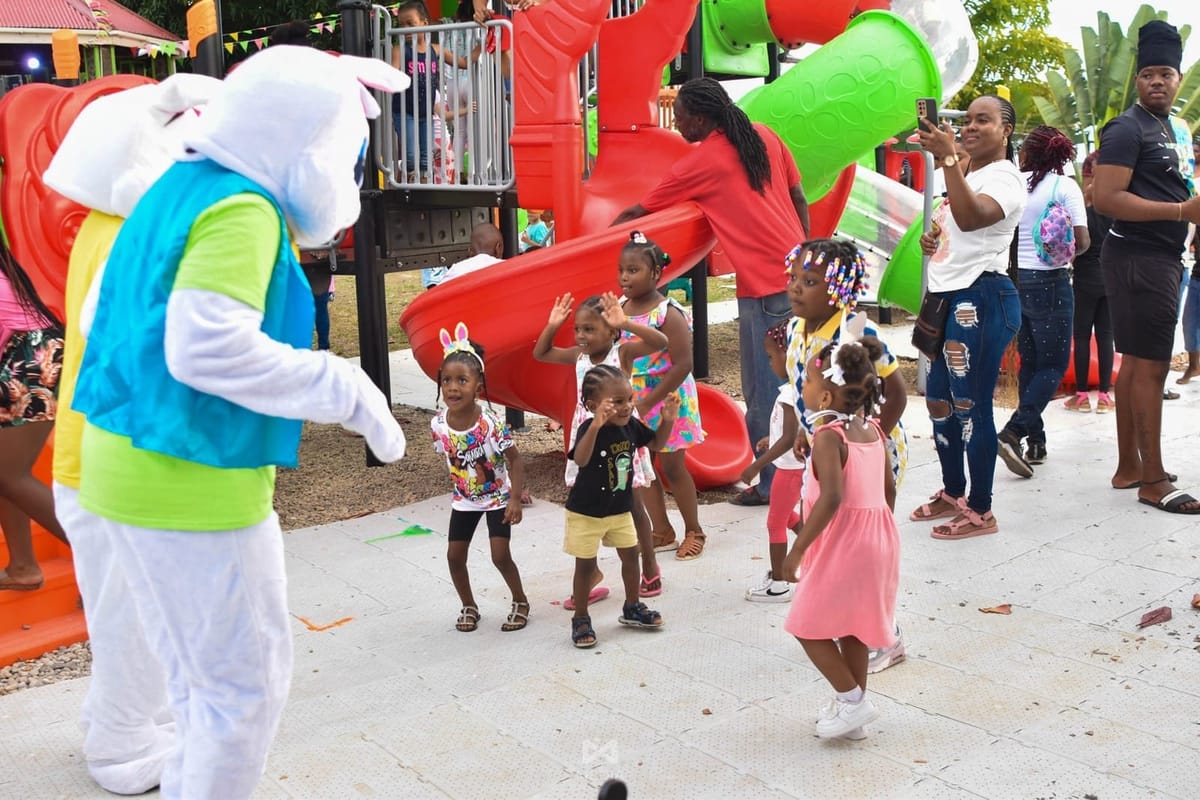Active Play, Movement, and Your Child’s Well-being

“Can we go outside, please?”
Those five words might sound like a simple request, but they’re a powerful plea for growth, discovery, and health. When little ones run, jump, climb, and dance, they are using excess energy and building the foundation for a lifetime of physical and emotional well-being.
Welcome to the wonderful world of movement, where play is the key to helping your child grow a strong body, brain, and heart.
Movement Is More Than Just Muscle
In the early years, children’s bodies are like soft clay: ready to be shaped, molded, and strengthened. Physical active play helps develop strong bones, flexible joints, and healthy muscles. It also supports balance, posture, and coordination.
But surprisingly, movement also helps the brain grow. Research shows that physical activity in early childhood contributes to improved attention, memory, and problem-solving skills. Physically active children tend to sleep better, regulate emotions more easily, and are more confident. All these are vital factors for learning and social development.
In short, when your toddler hops like a frog, spins like a top, or plays head, shoulders, knees, and toes, they’re doing more than just playing, they’re strengthening every part of their developing body and mind.
Why Wiggles Should Be Welcome
Let’s be honest, toddlers are like balls of energy. They wiggle at the table, bounce on the couch, and turn every hallway into a runway. While it can be tempting to ask them to “just sit still,” movement is their natural language.
Children are not wired to be still for long stretches. The Centers for Disease Control and Prevention (CDC) recommends at least 3 hours of active play spread throughout the day for preschool-aged children². That includes all kinds of movement, from structured activities like dancing and karate to unstructured play, such as running in the backyard or chasing bubbles.
The key is variety and frequency, not perfection.
You Don’t Need a Gym
Supporting your child’s physical health does not require a fancy setup or special equipment. Here are some easy, joyful ways to add movement into everyday life using both outdoors and indoors:
Indoor Movement Ideas
- Animal Parade – Pretend to move like animals: slither like a snake, gallop like a horse, waddle like a penguin.
- Pillow Obstacle Course – Create a mini indoor circuit with cushions to jump over, tunnels to crawl through, or toys to collect.
- Follow the Leader – Take turns being the leader, doing silly movements like marching, tiptoeing, spinning, etc.
- Freeze Dance – Dance until the music stops—then freeze like a statue!
- Simon Says – Movement Edition – Add movements like clapping, jumping, turning, and stretching.
- Balloon Bounce – Try to keep a balloon in the air using hands, elbows, or heads—not letting it touch the floor!
- Simple Yoga – Introduce simple poses like tree, cat, and cow poses.
- Marching Band Parade – Use pots, pans, and homemade instruments to march around the room in rhythm.
Outdoor Movement Ideas
- Nature Scavenger Hunt – Walk, run, or crawl to find leaves, rocks, sticks, or flowers.
- Sidewalk Chalk Hopscotch – Draw hopscotch or creative movement squares with actions in each box.
- Water Play Dance – Dance around sprinklers, splash in puddles, or play with water tables and buckets.
- Bubble Chasing – Blow bubbles and have children run, jump, and stretch to pop them.
- Rolling and Tumbling – Let children do somersaults, log rolls, or simple stretches on soft grassy areas.
- Follow the Leader Trail Walk – Incorporate skipping, hopping, and balancing on logs or curbs.
- Nature Dance Circle – Let each child lead a movement inspired by something in nature.
- Bike or Tricycle Rides – Encourage safe cycling on paths or playgrounds.
- Kite Flying – Fly kites with your child on windy days for outdoor fun and movement.
Even five minutes of energetic play here and there adds up throughout the day.
Link to the GREATEST Roadmap: G – Growth
In your parenting journey, “G” stands for Growth — nurturing your child’s physical, emotional, and mental development through exploration and play. Physical activity is the engine of growth. It gives children a chance to stretch their limits, trust their bodies, and experience the joy of movement.
Activity for Parents:
This week, try to do one physical activity with your child each day. It could be as simple as playing tag or kicking a ball. Notice how your child responds when you participate in the fun, and how you feel, too. You might be surprised at how much joy it brings both of you.
Footnotes
1. Timmons, B. W., et al. (2012). Systematic review of physical activity and cognitive development in early childhood. Applied Physiology, Nutrition, and Metabolism, 37(4), 773–792.
2. Centers for Disease Control and Prevention. (2023). Physical Activity Guidelines for Children. https://www.cdc.gov/physicalactivity/basics/children/index.htm